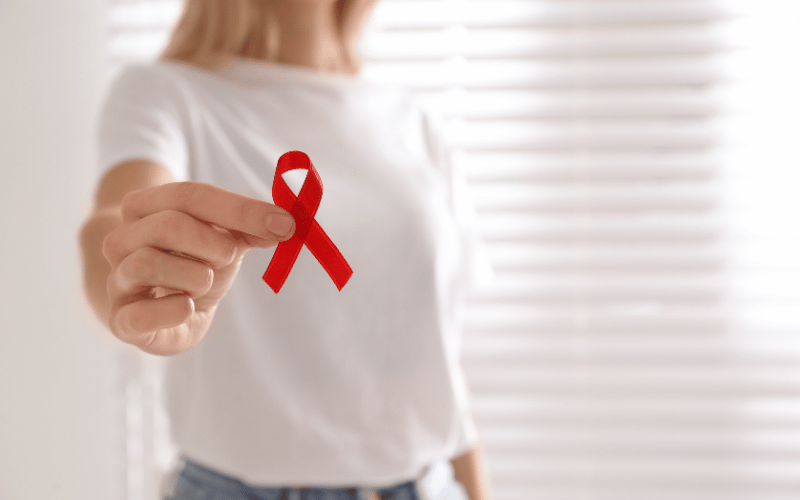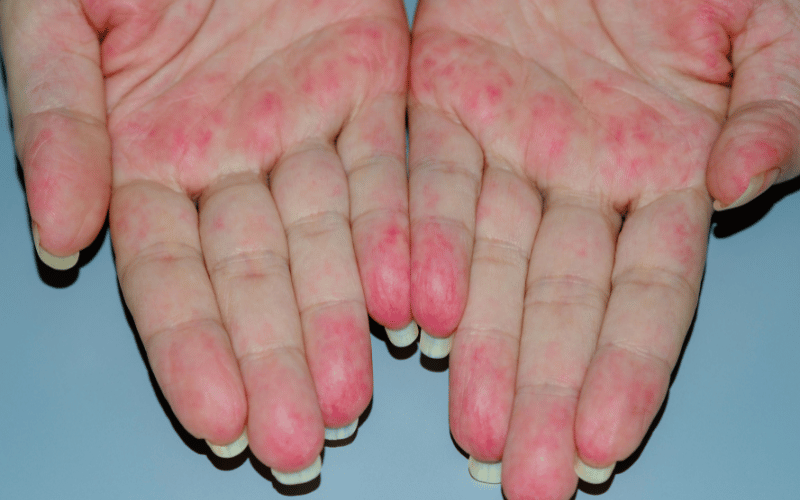Introduction: Navigating the Maze of Cryoglobulinemia Vasculitis

When it comes to understanding rare medical conditions, the journey can feel like navigating a complex labyrinth. Often, these illnesses hide in plain sight, their symptoms masquerading as common ailments, leading to delays in diagnosis and appropriate care. Cryoglobulinemia vasculitis is one such chameleon in the vast world of medicine.
Derived from the presence of abnormal proteins in the blood, namely cryoglobulins, this condition showcases an array of symptoms. These symptoms can range from mild discomforts to severe organ involvement, turning one’s quality of life upside down. While cryoglobulinemia vasculitis remains an elusive diagnosis for many, recognizing its signs is a beacon of hope. Early identification can pave the way for better treatment outcomes and potentially spare patients from debilitating complications.
For the uninitiated, vasculitis refers to inflammation of blood vessels. Cryoglobulinemia, on the other hand, pertains to the presence of cryoglobulins in the blood—proteins that become solid or gel-like at colder temperatures. When these two come together, the result is a complex condition that affects various body systems. And herein lies the challenge: its multifaceted nature means that symptoms can be easily misattributed to other conditions.
But why is it essential for both healthcare practitioners and the general public to be aware of this condition? Beyond the clinical jargon and medical intricacies, there’s a human side to this story. Patients with cryoglobulinemia vasculitis often embark on a long, winding journey of consultations, tests, and uncertainty before reaching a definitive diagnosis. By shedding light on its symptoms and manifestations, we hope to shorten this journey and offer solace to those in search of answers.
Symptom 1: Skin Lesions and Rashes

Cryoglobulinemia vasculitis presents itself in many ways, but among the most notable are skin lesions and rashes. These purplish-red marks, known as purpura, primarily occur on the lower extremities. The main culprit behind them? Inflamed blood vessels. It’s not just about aesthetics; these skin manifestations can be quite discomforting. Some patients report itchiness, while others feel pain upon touch.
Another manifestation to consider is the development of other skin rashes or ulcers. These ulcers, unlike regular wounds, might have a prolonged healing process, leaving the patient susceptible to infections and other complications. It’s vital to recognize these skin changes early on. Such early detection can significantly influence treatment outcomes and prevent progression to more severe skin complications.
Beyond the physical symptoms, the presence of these skin manifestations can have a psychological impact. Patients might feel self-conscious about their appearance, leading to reduced social interactions and a potential decline in mental well-being. It’s essential to understand that these skin changes are more than just superficial concerns.
For those suspecting they might have cryoglobulinemia vasculitis based on skin symptoms, a prompt consultation with a dermatologist or rheumatologist is crucial. By undergoing a series of tests, including skin biopsies, a more accurate diagnosis can be made.(1)